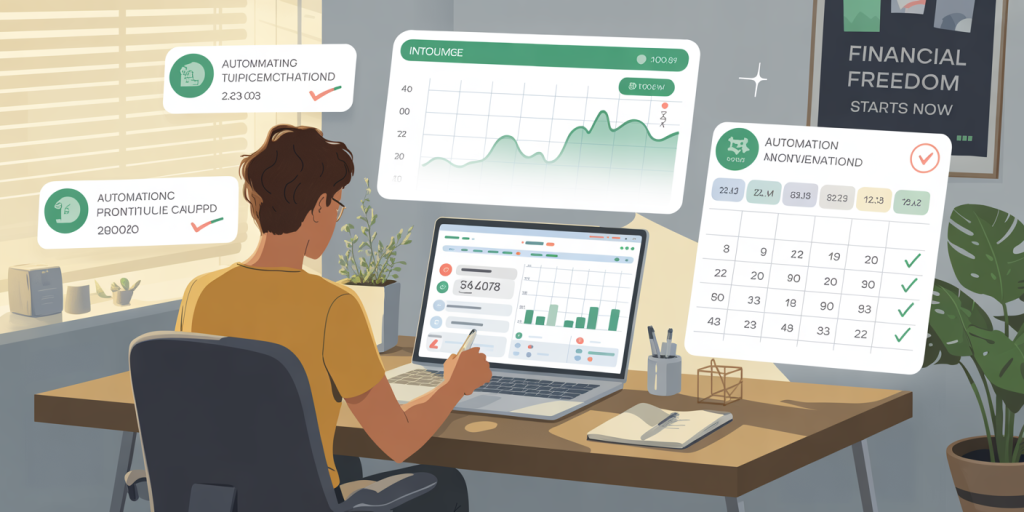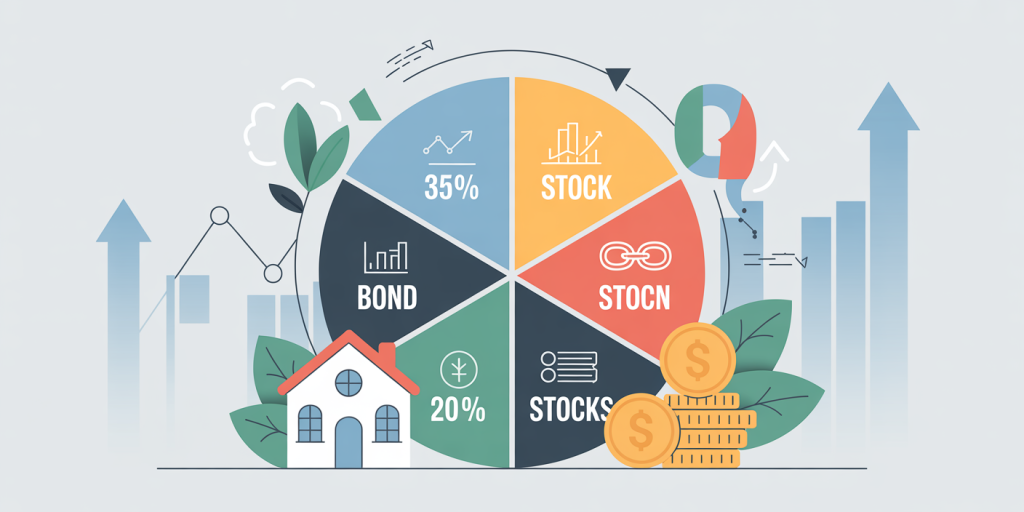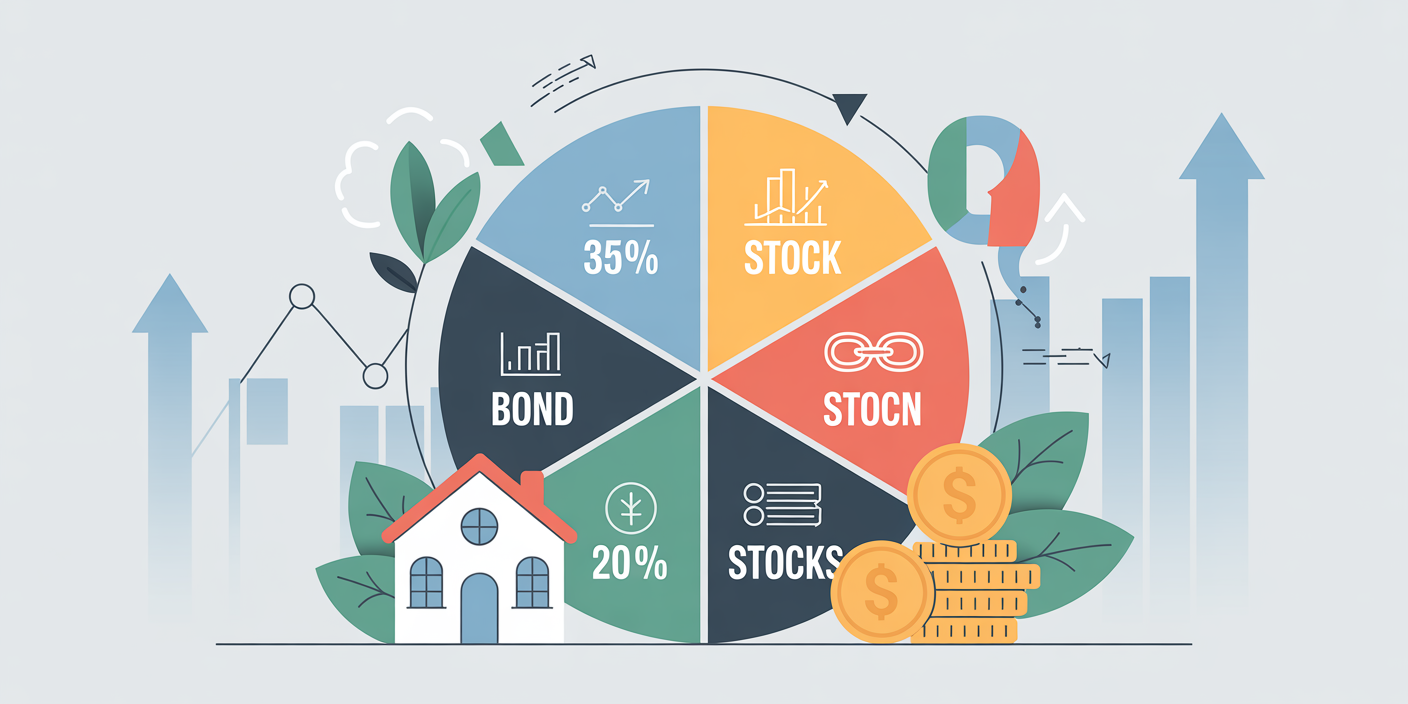Investing for Freelancers: How to Build Wealth Without a 401(k)
In the evolving landscape of work, freelancing has become an increasingly popular career path for millions of professionals worldwide. According to the U.S. Bureau of Labor Statistics, over 36% of the U.S. workforce engaged in freelance work in 2020, a number projected to grow significantly in coming years. Freelancers, however, frequently encounter unique financial challenges, particularly when it comes to retirement savings and wealth building. Unlike traditional employees, freelancers often lack access to employer-sponsored retirement plans like 401(k)s. This absence forces them to navigate alternative investment strategies to secure their financial future.
Building wealth without a 401(k) requires freelancers to assume full responsibility for their savings and investment decisions. Fortunately, there are numerous retirement and investment accounts tailored for self-employed individuals. This article explores practical investment strategies, suitable financial products, and actionable advice to help freelancers maximize their wealth-building potential despite the absence of employer-backed retirement plans.
Why Freelancers Face Unique Challenges in Investing
Freelancers operate without the structured financial benefits that typically come with traditional employment. Employer-sponsored 401(k) plans not only provide a tax-advantaged avenue for retirement savings but often include matching contributions that significantly enhance long-term wealth accumulation. Without these benefits, freelancers must independently manage contributions, choose the right investment vehicles, and ensure tax efficiency.

Moreover, freelancers often experience fluctuating income streams. This volatility makes budgeting for long-term investing more complex compared to salaried employees who benefit from steady paychecks. According to a survey by Upwork and the Freelancers Union (2022), 56% of freelancers report inconsistent income as a major barrier to effective financial planning. This income unpredictability can deter consistent investment contributions, discouraging disciplined wealth-building habits.
Despite these challenges, freelancers possess distinct advantages—such as a wider choice of retirement accounts and investment products that cater to self-employed individuals. Understanding these options and strategically deploying them can offset the lack of traditional 401(k) benefits.
Retirement Account Options for Freelancers
Without access to a 401(k), freelancers can leverage several tax-advantaged retirement accounts designed specifically for self-employed individuals. These accounts offer both tax deductions and potential for tax-free growth, crucial for accumulating retirement wealth.
SEP IRA and Solo 401(k)
The Simplified Employee Pension IRA (SEP IRA) is favored for its ease of setup and high contribution limits. Freelancers can contribute up to 25% of their net earnings from self-employment in 2024, with a cap of $66,000. Contributions are tax-deductible, reducing taxable income.
The Solo 401(k), on the other hand, allows even higher contribution limits—up to $66,000 per year for 2024, or $73,500 if age 50 or older, incorporating both employee and employer contributions. Solo 401(k) plans also offer Roth options, enabling tax-free withdrawals in retirement. This flexibility makes it the preferred choice for freelancers with higher earnings.
| Feature | SEP IRA | Solo 401(k) |
|---|---|---|
| Contribution limit | Up to 25% of net earnings, max $66,000 (2024) | Up to $66,000 (2024) or $73,500 with catch-up |
| Catch-up contributions | No | Yes, $7,500 for ages 50+ |
| Roth option | No | Yes |
| Administrative complexity | Simple | Moderate (requires plan setup) |
SIMPLE IRA
The Savings Incentive Match Plan for Employees (SIMPLE) IRA is suitable for freelancers with small business structures, particularly if they employ others. Contribution limits are lower than SEP and Solo 401(k), at $15,500 for 2024, with a $3,500 catch-up for those over 50. Employers must make either matching or non-elective contributions, which can add complexity but also encourages forced savings.
Diversifying Beyond Retirement Accounts
While retirement accounts are essential, freelancers should also consider investing through taxable brokerage accounts, real estate, and alternative assets to build diversified wealth.
Taxable Brokerage Accounts
Taxable investment accounts offer unrestricted access and a vast array of asset options, including stocks, bonds, ETFs, and mutual funds. Though gains are subject to capital gains taxes, these accounts provide flexibility for mid-term financial goals, emergency funds, or supplemental retirement income.
Take the example of Anna, a freelance graphic designer from California. After maximizing her Solo 401(k), she opened a taxable brokerage account to invest $500 monthly in dividend-paying ETFs. Over five years, this diversified strategy allowed Anna to accumulate $45,000 outside her retirement accounts, providing greater liquidity and financial security.
Real Estate Investments
Real estate provides freelancers with a tangible asset that can produce passive income and appreciate over time. Rental properties, house hacking, or Real Estate Investment Trusts (REITs) can diversify cash flow sources and hedge against stock market volatility.
Mark, a freelance software developer in Texas, began investing in rental properties early in his career. By purchasing a duplex and renting one unit while living in the other, he generated rental income that covered nearly half his mortgage. After seven years, the property appreciated by 30%, substantially boosting his net worth aside from traditional market investments.
Managing Irregular Income to Enable Consistent Investing
A significant obstacle for freelancers is maintaining regular investment contributions despite income variability. Developing disciplined financial habits and employing automation can mitigate this challenge.
Budgeting for Investment Consistency
Establishing a conservative budget based on the lowest expected monthly income allows freelancers to determine a sustainable baseline for investments. Freelancers should prioritize building an emergency fund covering 3–6 months of expenses before aggressively investing, as sudden income gaps can strain liquidity.
Investing a fixed percentage of income rather than fixed dollar amounts can aid in adjusting contributions dynamically. For example, setting aside 15% of monthly earnings ensures that during lean months, spending isn’t overstretched, while allowing for accelerated investing during profitable periods.
Automating Contributions
Automation tools offered by online brokers and retirement platforms make systematic investing feasible. Freelancers can set up automatic transfers aligned with expected payment cycles, reducing the temptation to delay or skip contributions. For instance, Sarah, a freelance writer, uses automated monthly transfers to her SEP IRA and brokerage account, maintaining investing discipline despite her irregular paycheck schedule.

Balancing Risk and Growth: Asset Allocation Strategies
Investors must tailor portfolios based on risk tolerance, timeframe, and goals. For freelancers, balancing growth potential with liquidity needs demands particular attention.
Growth-Oriented Investments for Long-Term Wealth
Given the lack of employer pensions or Social Security certainty, many freelancers are opting for growth-focused portfolios to accelerate wealth building. A typical example might include 70% stocks and 30% bonds early in their investment journey, gradually shifting toward more conservative allocations as they approach retirement.
Numerous studies support stock market investment as a primary driver of long-term wealth accumulation. For example, the historical average annual return of the S&P 500 is approximately 10%, far outpacing inflation and other asset classes.
Incorporating Stable Income Assets
Including dividend-paying stocks, bonds, or real estate investment trust (REIT) funds can generate steady income and reduce portfolio volatility. This diversification is particularly critical for freelancers who may need access to investment income during uncertain work periods.

| Asset Class | Average Annual Return (10 Years)* | Liquidity | Risk Level |
|---|---|---|---|
| U.S. Large-Cap Stocks (S&P 500) | ~11.5% | High | High |
| Bonds (U.S. Aggregate) | ~3.5% | High | Low |
| Real Estate (REITs) | ~8% | Moderate | Moderate |
| Dividend Stocks | ~7–9% | High | Moderate |
*Data as of 2023, from Morningstar and Vanguard.
Leveraging Tax Advantages Without an Employer
Freelancers can utilize specific tax strategies to optimize investment returns and reduce liabilities.
Health Savings Accounts (HSA)
If eligible for a high-deductible health plan (HDHP), freelancers can contribute up to $3,850 for individuals or $7,750 for families in 2024 to an HSA. HSA funds offer triple tax advantages: contributions are deductible, growth is tax-free, and withdrawals for qualified medical expenses are not taxed. Additionally, unused funds roll over annually and can be invested for growth, effectively functioning as a supplemental retirement account.
Business Expense Deductions
Freelancers can write off related business expenses such as home office costs, software subscriptions, and professional equipment to reduce taxable income. Lower taxable income means a greater potential for investment contributions and enhanced cash flow.
Preparing for the Future: Trends and Opportunities for Freelancers’ Wealth Building
The financial landscape is rapidly evolving to support the burgeoning freelancer community. Emerging fintech platforms are simplifying retirement planning for self-employed individuals through tailored investment solutions and robo-advisors.
The rise of decentralized finance (DeFi) and cryptocurrencies also presents alternative investment avenues, though these entail higher risks and require cautious exploration. According to a 2023 Gallup poll, around 16% of Americans reported owning cryptocurrencies, with freelance and gig workers representing a significant portion.
Policy developments may further benefit freelancers. Proposals to expand tax-advantaged savings options and increase access to pooled retirement plans aim to bridge the gap between traditional employees and independent workers. Freelancers should stay informed on legislative changes that could enhance their investment options.
In addition, adopting holistic financial planning software that integrates income forecasting, tax planning, and investing can empower freelancers to achieve wealth goals more systematically. Collaborations with certified financial planners specializing in self-employment are becoming increasingly accessible, helping freelancers optimize their unique financial scenarios.
Building sustainable wealth without a traditional 401(k) is not only feasible for freelancers but also an opportunity to embrace financial independence on their own terms. By leveraging specialized retirement accounts, diversifying investments, managing income fluctuations prudently, and keeping abreast of emerging financial tools and policy shifts, freelancers can forge robust investment habits that support long-term prosperity.
